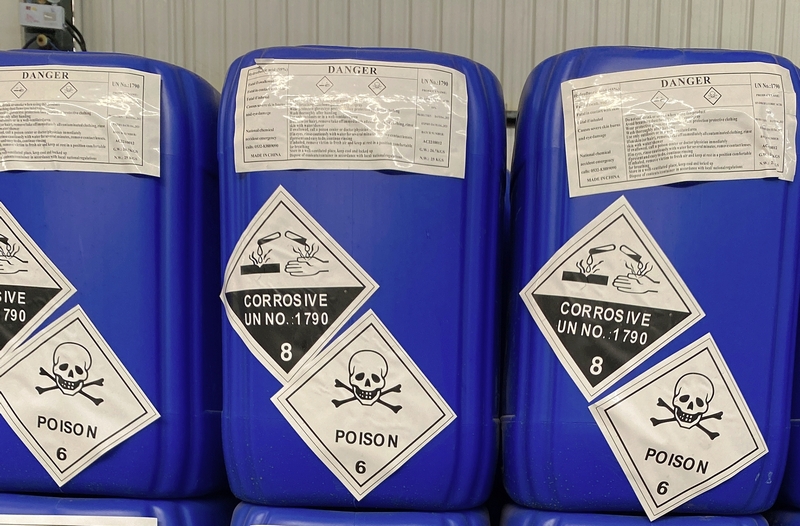Which Acid Is Hydrofluoric Acid?
Hydrofluoric Acid is an aqueous solution of hydrogen fluoride gas. It is a clear, colorless, smoky, corrosive liquid with a sharp, irritating odor. Hydrofluoric acid (HF) is a strong acid, but it is not the strongest acid. The strength of an acid is typically measured by its ability to donate protons (H+) in water. Hydrofluoric acid is a weak acid compared to other common acids like sulfuric acid (H2SO4), hydrochloric acid (HCl), and nitric acid (HNO3), which are all stronger acids than HF.
However, hydrofluoric acid is unique in that it can dissolve certain materials that other acids cannot, such as glass and some metals. This is due to its ability to form strong bonds with silicon and other elements in these materials, which makes it a valuable tool in certain industrial applications.
It's important to note that while HF may not be the strongest acid, it is still highly toxic and can be extremely dangerous if not handled properly. It can cause severe burns and tissue damage, and exposure to even small amounts can be fatal. Therefore, it should only be used with extreme caution and under the guidance of trained professionals.
When the concentration is low, it is weakly acidic due to the formation of hydrogen bonds, but when it is concentrated (more than 5mol/L), self-ionization will occur. At this time, hydrofluoric acid is a very acidic acid.
Liquid hydrogen fluoride is a very acidic acid, similar in acidity to anhydrous sulfuric acid, but weaker than fluorosulfonic acid. [3] Strong corrosion, serious damage to teeth and bones. Highly corrosive to silicon compounds. Store in an airtight plastic bottle.
It is obtained by HF (hydrogen fluoride) dissolved in water. It is used for engraving glass, cleaning sand residue on castings, controlling fermentation, electropolishing and cleaning corroded semiconductor silicon wafers (mixed acid with HNO3). Hydrofluoric acid cannot fully ionize in water because hydrogen atoms and fluorine atoms are relatively strong in bonding.
Hydrofluoric acid can dissolve many other acids cannot dissolve glass (main component: silica). The reaction equation to produce gaseous silicon tetrafluoride is as follows:
SiO2 (s) + 4 hf (aq) = SiF4 (g) write + 2 h2o (l)
The resulting SiF4 can continue to interact with excess HF to produce fluosilicic acid:
SiF4(g)+2HF(aq)=H2[SiF6](aq), fluosilicic acid is a strong binary acid.
Can cause burns that are difficult to cure if inhaled by steam or contact with skin. It is usually made in laboratories with fluorite (the main ingredient is calcium fluoride) and concentrated sulfuric acid. It needs to be sealed in a plastic bottle and kept in a cool place.
